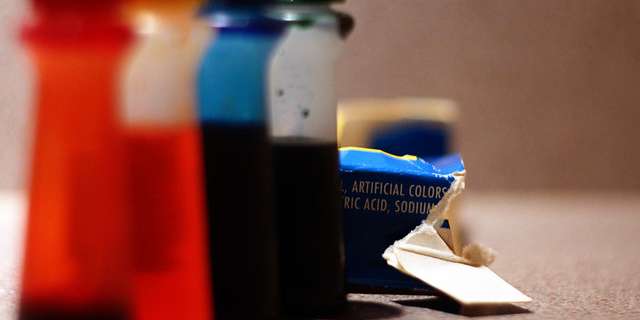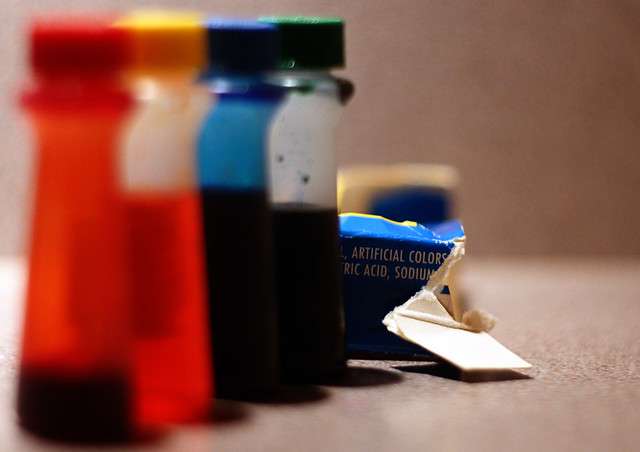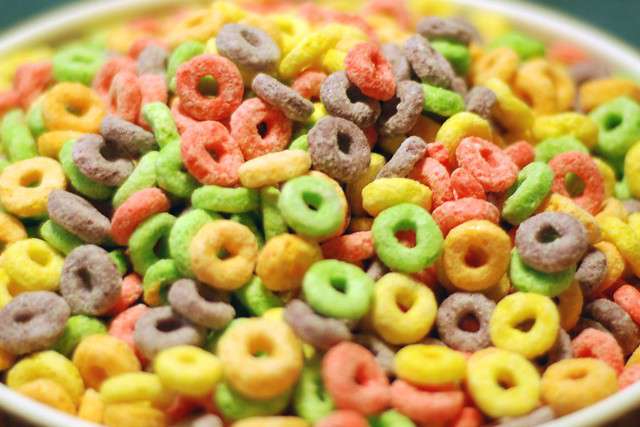
Healthcare costs are on the rise and like many, I am taking the prevent-defense approach by adding healthier alternatives to my lifestyle. Healthy eating is sweeping the nation with an increased emphasis on adding natural foods in our diets. With organic food options lining the shelves of our local stores and natural and whole food grocery chains popping up in nearly every town, food manufacturers are rethinking the way food is produced. Taking center stage is the debate over synthetic food color additives. Despite the fact that consumers are pushing for all natural ingredients, artificial color still has a major effect on food perception and taste. Color additives are here to stay, but new concerns are causing changes in regulations that may cause a shift in the way we look at food. Color additive alternatives also bring change to color measurement needs and require spectrophotometric analysis for new standard compliance.

Consumers are seeking a more ‘natural’ approach to food coloring, and artificial colorants are being replaced by more plant-based alternatives. Image Source: Flickr user klubbers


